Neuroscience

Neurotransmitter receptors function via various G-protein coupled and G-protein independent mechanisms that activate downstream intracellular signaling pathways such as cAMP/PKA, PI3K/AKT, phospholipase A2, and phospholipase C pathways. For instance, dopamine receptors act through adenylate cyclase to activate PKA and other signaling molecules, thereby mediate gene expression through the actions of CREB and other transcription factors. Other neurotransmitters such as NMDAR or AMPAR are associated with ion channels that control flux of Ca2+ and Na+, thus propagating the action potential across the post-synaptic neuron.
Dysfunctions in GABAergic/glutamatergic/serotonergic/dopaminergic pathways result in a broad range of neurological disorders such as chronic pain, neurodegenerative diseases, and insomnia, as well as mental disorders including schizophrenia, bipolar disorder, depression, and addiction.
-
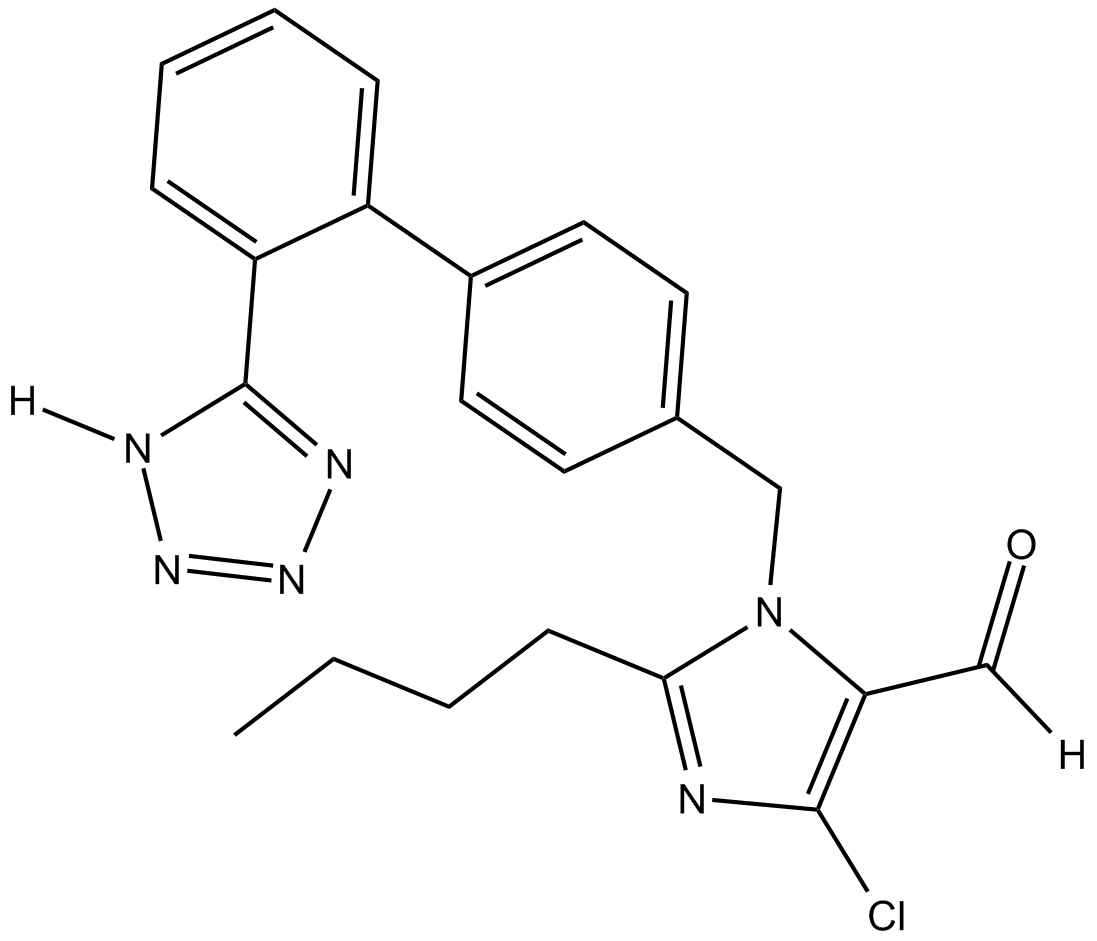 C3539 Losartan CarboxaldehydeSummary: inhibits endothelial cyclooxygenase (COX)-2 expression
C3539 Losartan CarboxaldehydeSummary: inhibits endothelial cyclooxygenase (COX)-2 expression -
 C3592 Spinosyn ASummary: insect nicotinic acetylcholinesterase receptors (nAChRs) agonist and potent insecticide
C3592 Spinosyn ASummary: insect nicotinic acetylcholinesterase receptors (nAChRs) agonist and potent insecticide -
 C3597 CPHPCSummary: used with anti-SAP antibodies to eliminate amyloid deposits
C3597 CPHPCSummary: used with anti-SAP antibodies to eliminate amyloid deposits -
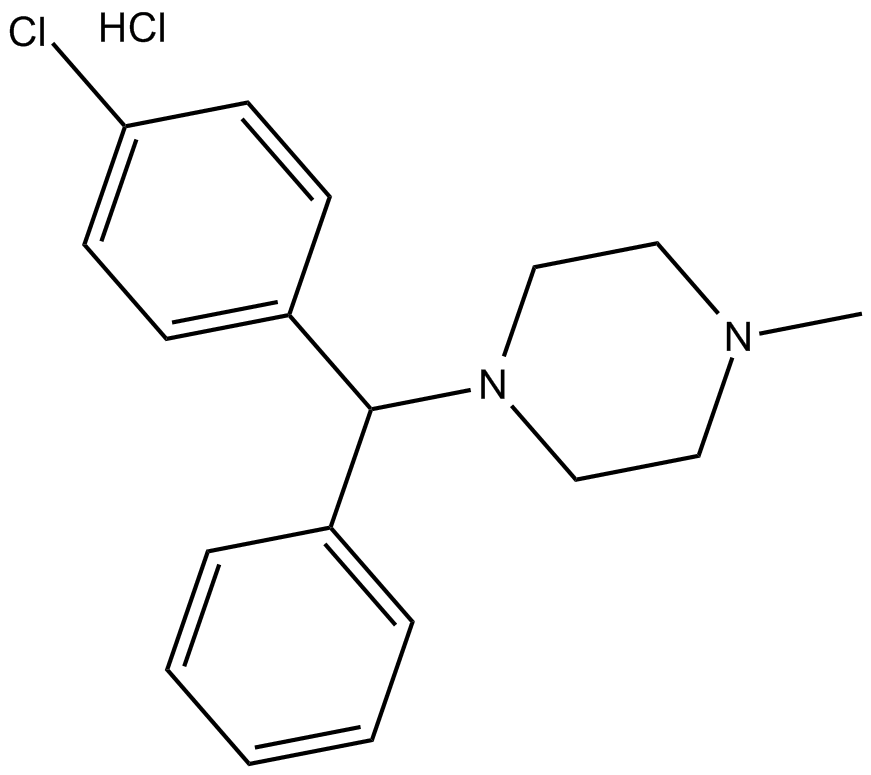 C3989 Chlorcyclizine (hydrochloride)Summary: histamine H1 receptor antagonist and inhibits HCV
C3989 Chlorcyclizine (hydrochloride)Summary: histamine H1 receptor antagonist and inhibits HCV -
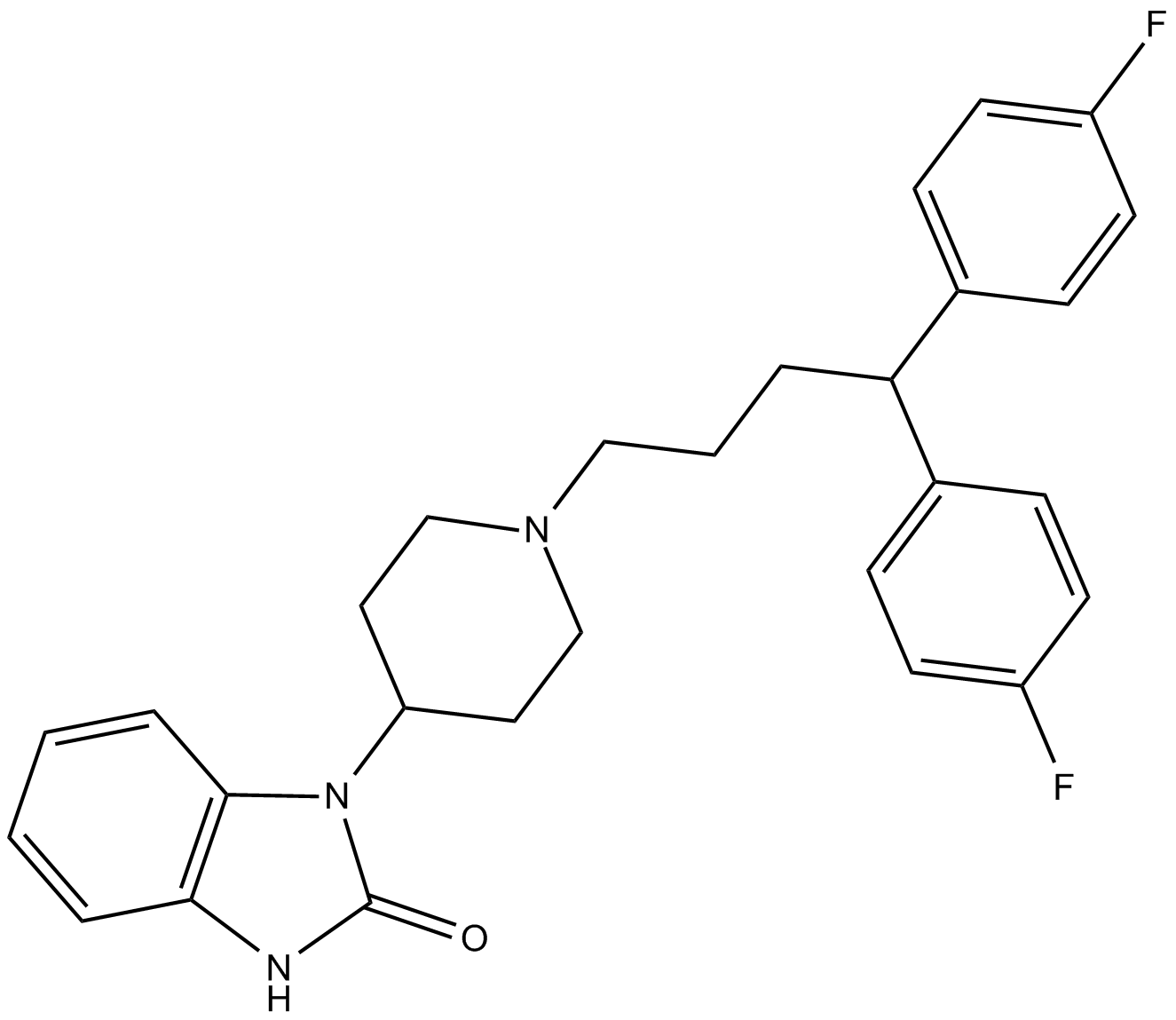 C3837 PimozideSummary: dopamine receptors inhibitor
C3837 PimozideSummary: dopamine receptors inhibitor -
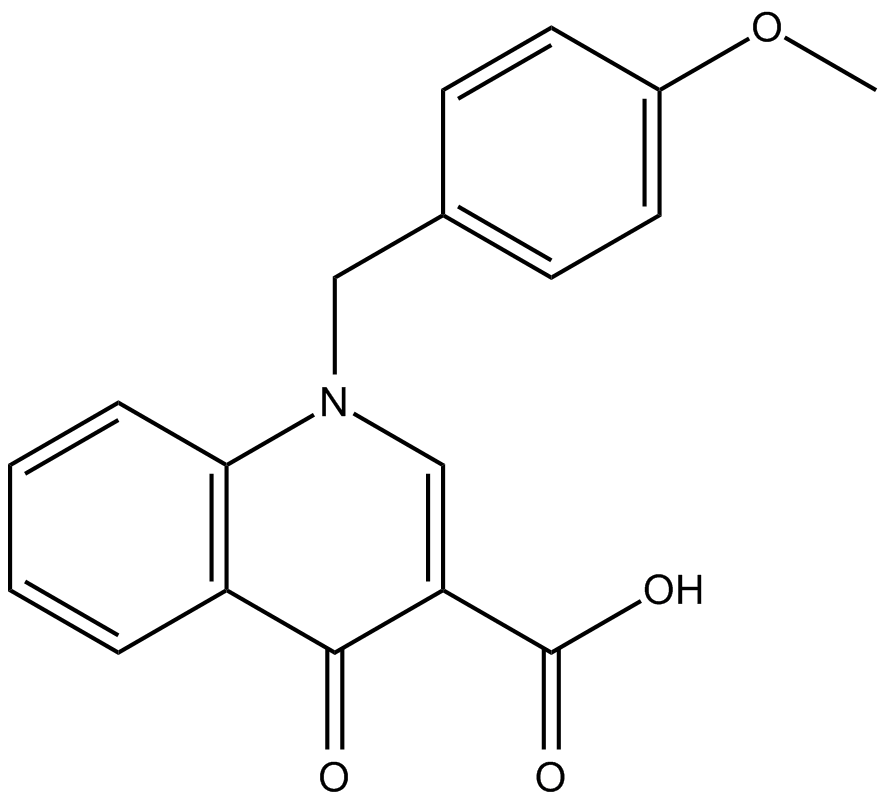 C3869 BQCATarget: AChRSummary: positive allosteric modulator of the M1 muscarinic acetylcholine receptor (mAChR)
C3869 BQCATarget: AChRSummary: positive allosteric modulator of the M1 muscarinic acetylcholine receptor (mAChR) -
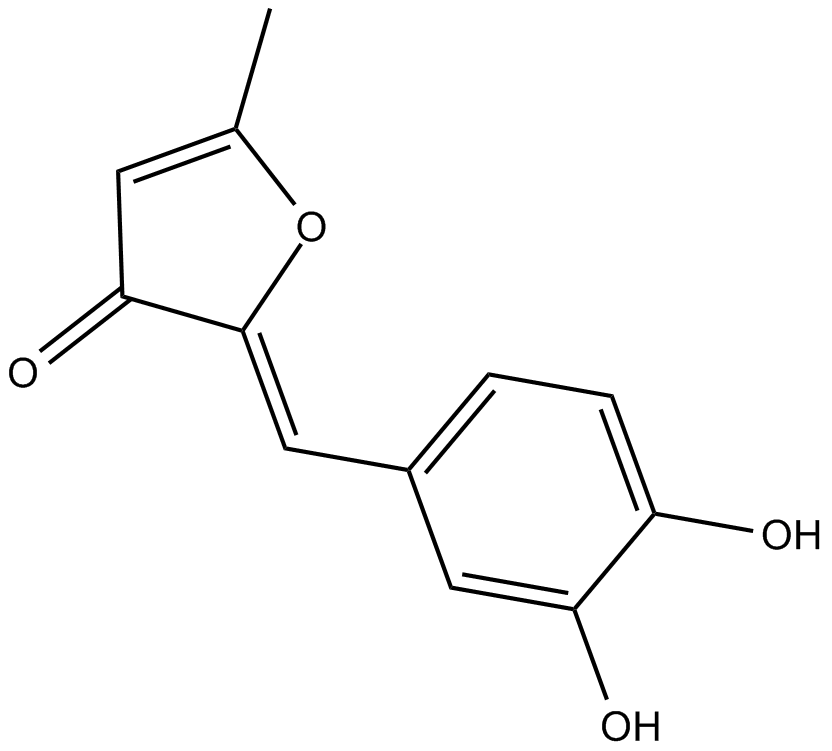 C3726 InotiloneSummary: cyclooxygenase (COX) inhibitor
C3726 InotiloneSummary: cyclooxygenase (COX) inhibitor -
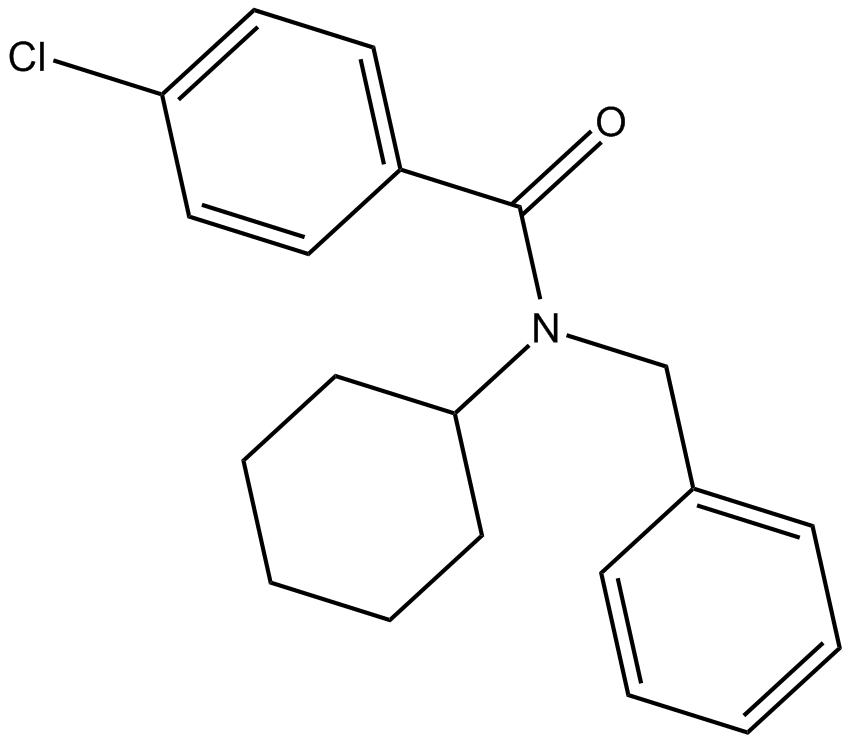 C3723 FPS-ZM1Summary: RAGE Inhibitor
C3723 FPS-ZM1Summary: RAGE Inhibitor -
 C3685 9,12-Octadecadiynoic AcidSummary: COX and lipoxygenase inhibitor
C3685 9,12-Octadecadiynoic AcidSummary: COX and lipoxygenase inhibitor -
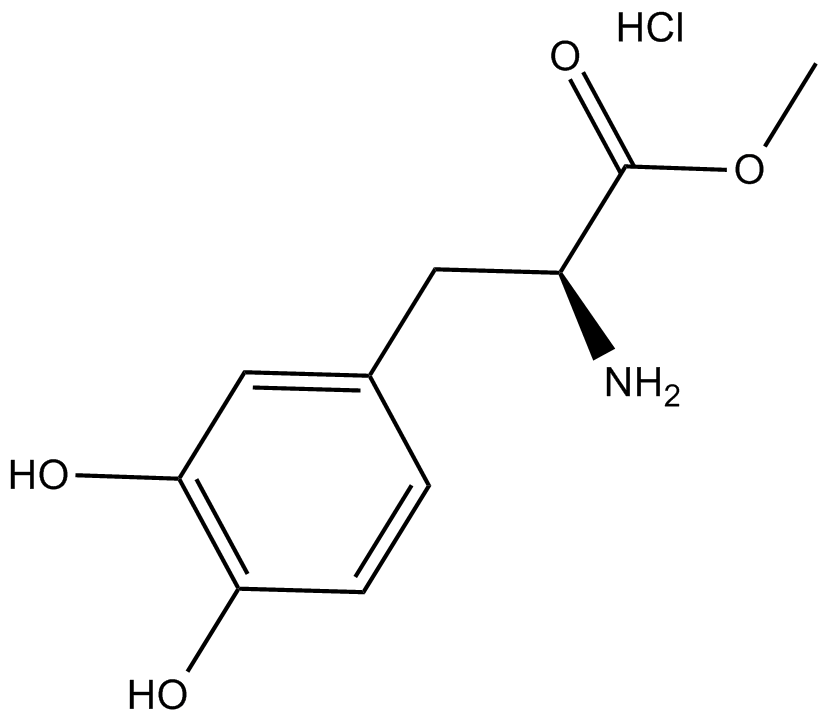 C3785 L-DOPA methyl ester (hydrochloride)Summary: dopamine D1 receptor agonist
C3785 L-DOPA methyl ester (hydrochloride)Summary: dopamine D1 receptor agonist

